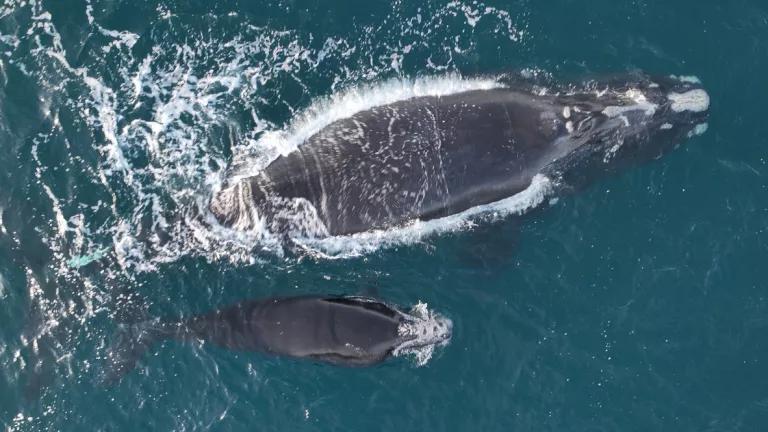Most people don't know that the U.S. Government is in the business (and I mean that literally, in some cases) of killing wildlife. In 2008, the U.S. government killed more than 124,000 predators such as coyotes, mountain lions, bobcats, foxes and wolves. The animals were shot, caught in traps that strangled them or trapped their legs, asphyxiated by cyanide gas, or--in the case of young pups and cubs--poisoned, shot, or clubbed in their dens.
It was an average year for Wildlife Services, a little-known agency within the U.S. Department of Agriculture. Wildlife Service's predator control program spends tens of millions of taxpayer dollars each year, largely at the request of private livestock producers and state governments, on such predator control activities. Unfortunately, most of its victims are killed indiscriminately, without ever having preyed on livestock. They happened to be in the wrong place at the wrong time and took poisoned bait or wound up in a trap.
If this is the first time you've heard of Wildlife Services, you're not alone.
The agency's work is not broadly advertised.
And unlike most federal agencies, it lacks the transparency to allow taxpayers the chance to assess who their efforts support or whether those efforts are worth a chunk of the USDA's budget and a mounting environmental toll.
You will be hearing a lot more from NRDC about this agency, but let me outline some of our concerns:
- Focus on killing predators. The USDA's own statistics show that most livestock losses come from weather, disease, illness, and birthing problems, not predation. In addition, non-lethal methods to avoid and control predator conflicts have been underutilized. Nonetheless, Wildlife Services continues to "preventatively" kill more than 100,000 native carnivores each year, even when the effectiveness of such killing is unproven or, worse yet, proves counterproductive.
- Cost. No truly independent cost-benefit analyses of the predator control program have been conducted. Nearly a decade ago, the Government Accountability Office pointed out weaknesses of the studies that have been done and the lack of independent studies. In addition, the actual annual price tag on predator control is not clear. The structure of Wildlife Services' budget tends to obscure the full cost of specific predator control methods to taxpayers.
- Unintended consequences. The lethal control methods the program employs have led to dozens of injuries and deaths from aircraft crashes, poisioned pets (and even some people), and the degradation of ecosystems that rely on healthy predator populations to function. In some areas their efforts have led to an increase the reproduction rate of the animals that Wildlife Services is attempting to control.
- Who benefits? Wildlife Services responds directly to ranchers who complain about predation (or worry about potential predation), and may allow private associations to pay portions of the salary of their staff. Nor does the agency require private parties to show they've tried to employ non-lethal and effective techniques before the killing begins. Records of which operations are assisted and at what level are not made available to the public. The nature of the relationship between private interests and Wildlife Services operatives should be examined so the public can assess how taxpayer dollars and natural resources are being used.
Don't get me wrong. Some of the work that Wildlife Services does is extremely important. We can't have geese flying around airports. Many invasive species are a true menace to healthy ecosystems and need to be eradicated. And some human-animal conflicts really do require ugly action. Nonetheless, this agency and their actions scream out for reform. And we are starting to push for a change in their predator control programs.
The most important, first step is to bring more transparency to Wildlife Services' practices and spending, in line with other federal programs. In addition, it will be crucial to adopt a more scientific and rational approach to predator control, balancing environmental health and human safety against the demands of a few.
In the meantime, Wildlife Services can immediately make big gains by ending one of its of the most hazardous, cruel, and environmentally harmful killing methods. The program can and should cease the use of two deadly poisons, Compound 1080 and sodium cyanide M-44 devices. NRDC is asking the Department of Agriculture to take this step immediately.




